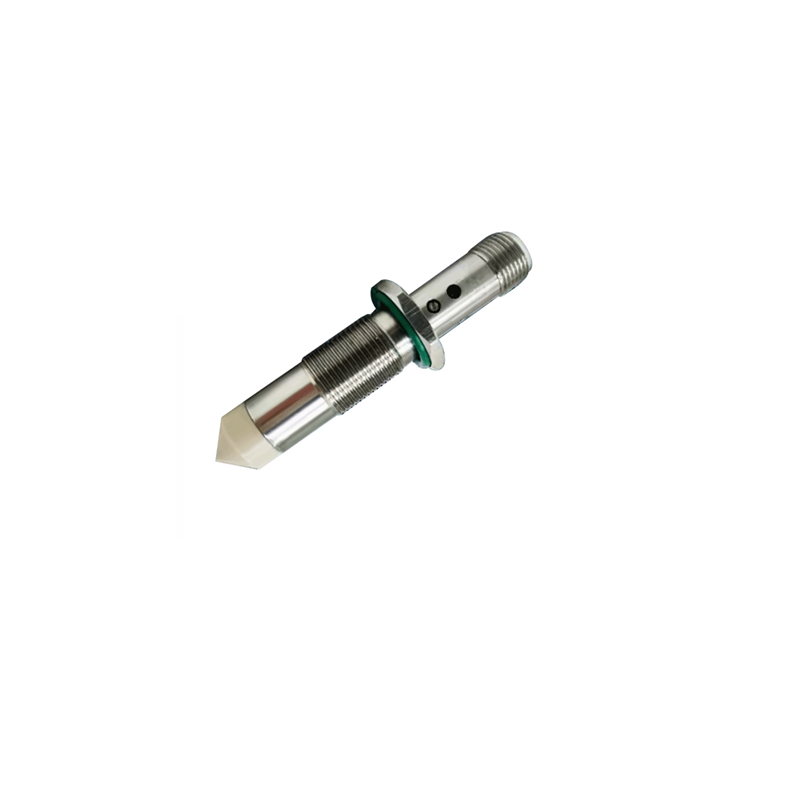Introduction
The nature of an industrial process has gone through many developments and changes owing to modernization, which completely revolutionized the production, assembling or even packing a product. Photoelectric switches are one of the most versatile sensors amongst these and thus top the list in this revolution. These switches which generally use light, confirm an object is present or not — one of the many elements in any automation process that can help improve system efficiency, safety and reliability.
Introduction to Photoelectric Switches used in Automation – Basics
When light falls on a suitable material, it produces an electric current in the opposite direction of laser light which is used in photoelectric switches, so when laser light hits the switching point of low energy state semiconductor diodes it creates a high to cancel out this signal. A switch includes a light source and emits from it, and then the beam is blocked or reflective that activates the switch in a factory. It then converts this variation in light into some kind of output signal which is powerful enough to drive other devices or systems.
Photoelectric Switch: Various Types Suitable for Automation
They are best for conveyor object detection & measuring dimensions of objects and comes under a group Retroflector Sensors. Ideal for production line object passage tracking, particularly at high speed, and also applicable in safety light curtains for access control. Things like parts presence in assembly lines, diffuse reflective sensors can detect any texture and color of an object because there is a wide variety available. Fiber optic sensors have higher accurate detection in small area compared to other kinds of sensor and he is immune from electromagnetic interference that is particular application.
Linking into Industrial Automation Systems
They connect to the PLC easily and thus can be a part of any large automation systems. They can dynamically integrate with other sensors and actuators, creating a base for smart factories. Preserving mes integration for real time tracking and control of all system elements and providing better insight into total system behavior.
Applications for Specific Industries
Photoelectric switches hold an important role in the automotive industry for assembly line sync (referred to as light curtains in this context), and quality control inspection. They use in packaging industry to count & sort, check labels & coding, pack the right type of Pack. Applications of photoelectric switches in the pharmaceutical sector include counting pills and capsules or sterile environment. Execute dirty / clean room monitoring, perform batch tracking for time-bound traceability in food & beverage sector.
To Use Photoelectric Switch for Further Safety
Photoelectric switches play a huge role in introducing safety to industrial setups. These are used primarily with emergency stop deployment, light curtains for access to dangerous areas of machines and some collision avoidance applications in robots. Since they provide a non-contact technique, minimizing the likelihood of accidents and injuries, they are risk-free with respect to how accurately they can be detected.
Benefits of Using Photoelectric Switches in Automation
In the field of industrial automation, photoelectric switches available from Differo Automation have many advantages. It gives accuracy and precision, reduce the possibility of error. As they work on a non-contact basis they tend to have a lesser degree of wear and tear which leads to longer life and less maintenance work. They have a fast response time, which makes them suitable for high-speed processes and are also easily integrated into existing control systems, so they are easy to implement.
Challenges and Considerations
There are many benefits of photoelectric switches, but also some limitations to consider on the downside. The downside is that in certain situations they may be sensitive to dust and ambient light, thus requiring the detection circuitry to be shielded within some sort of enclosure if a reliable identification is to be made. That includes setting up correctly, as well. The upfront cost is also quite high and will become a significant TCO factor for simpler use cases.
Trends and Developments Ahead
Smart sensors with integrated diagnostics and decision-making capabilities enabled by algorithms are fundamentally changing the photoelectric switches role in industrial automation. The integration of AI with CNC machines would provide predictive maintenance features, as this will further enhance the productivity and sustainability in industries.
Conclusion
Introduction Photoelectric rays are among the sort of cutting edge modern mechanization, which establishes a groundwork for careful non-contact detecting applications. They are a key element in the push towards smarter, more efficient manufacturing processes as they have the potential for greater operational efficiency and safety metrics citation). photoelectric switches is the innovation of industrial automation and seeing its evolution, it will always keep on changing with time.
Table of Contents
- Introduction
- Introduction to Photoelectric Switches used in Automation – Basics
- Photoelectric Switch: Various Types Suitable for Automation
- Linking into Industrial Automation Systems
- Applications for Specific Industries
- To Use Photoelectric Switch for Further Safety
- Benefits of Using Photoelectric Switches in Automation
- Challenges and Considerations
- Trends and Developments Ahead
- Conclusion

